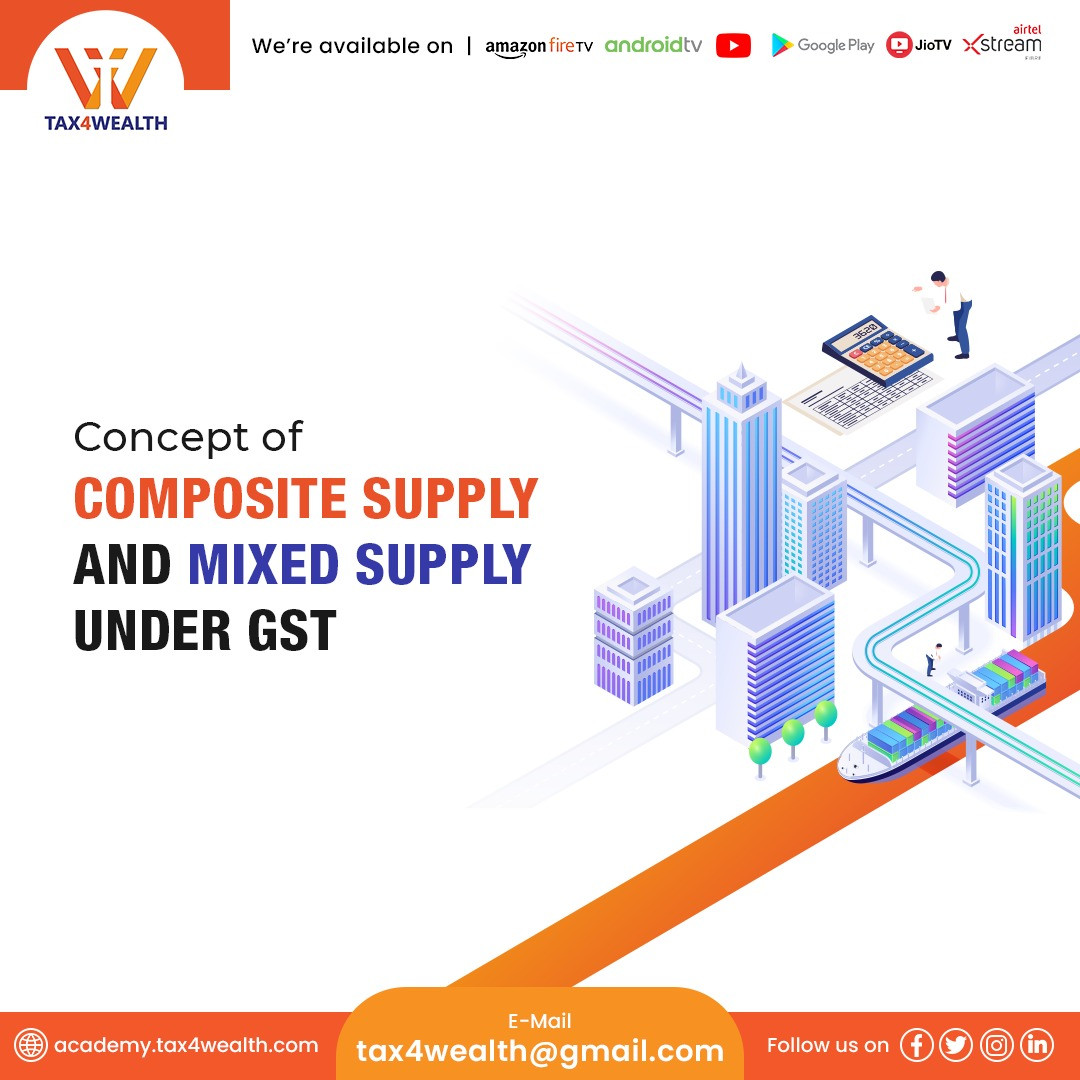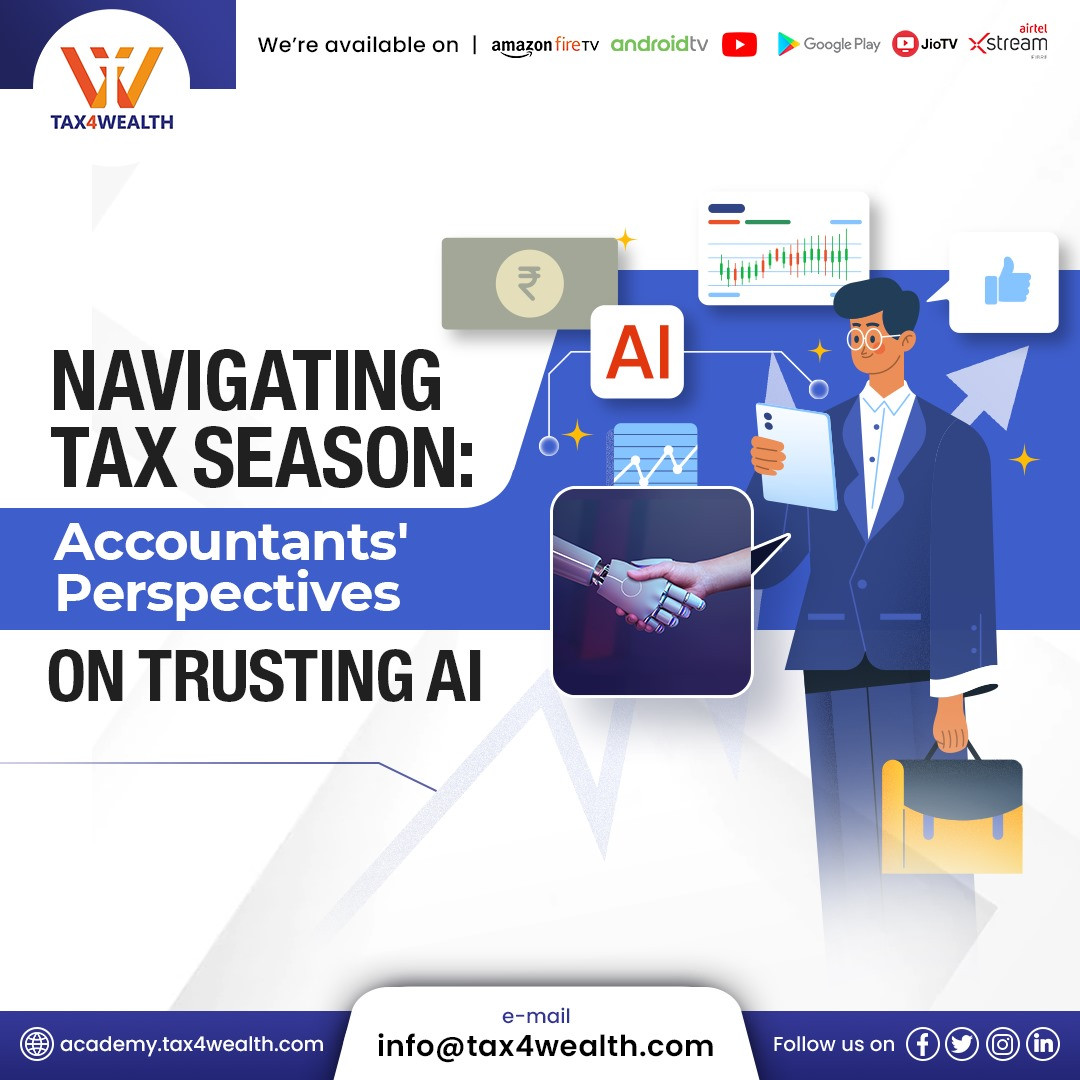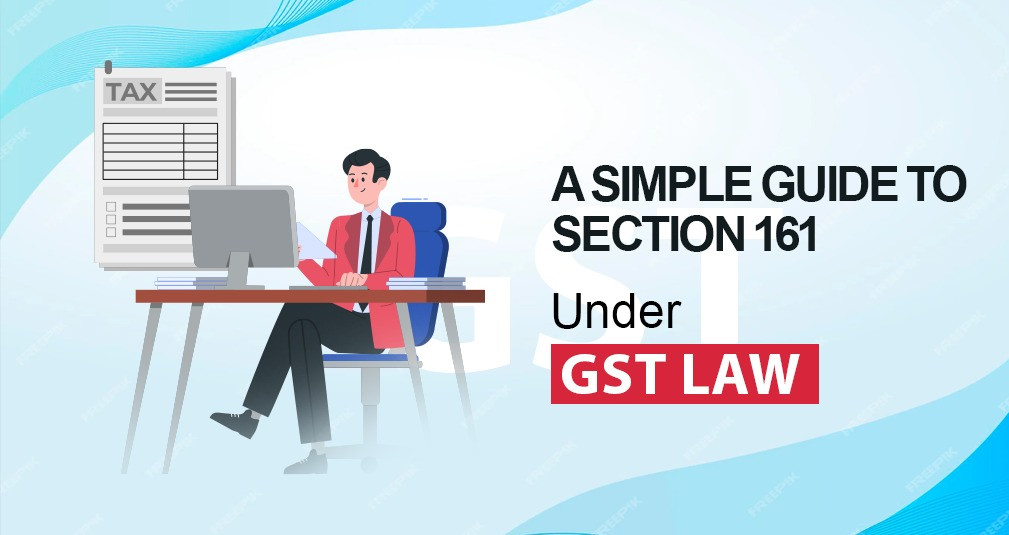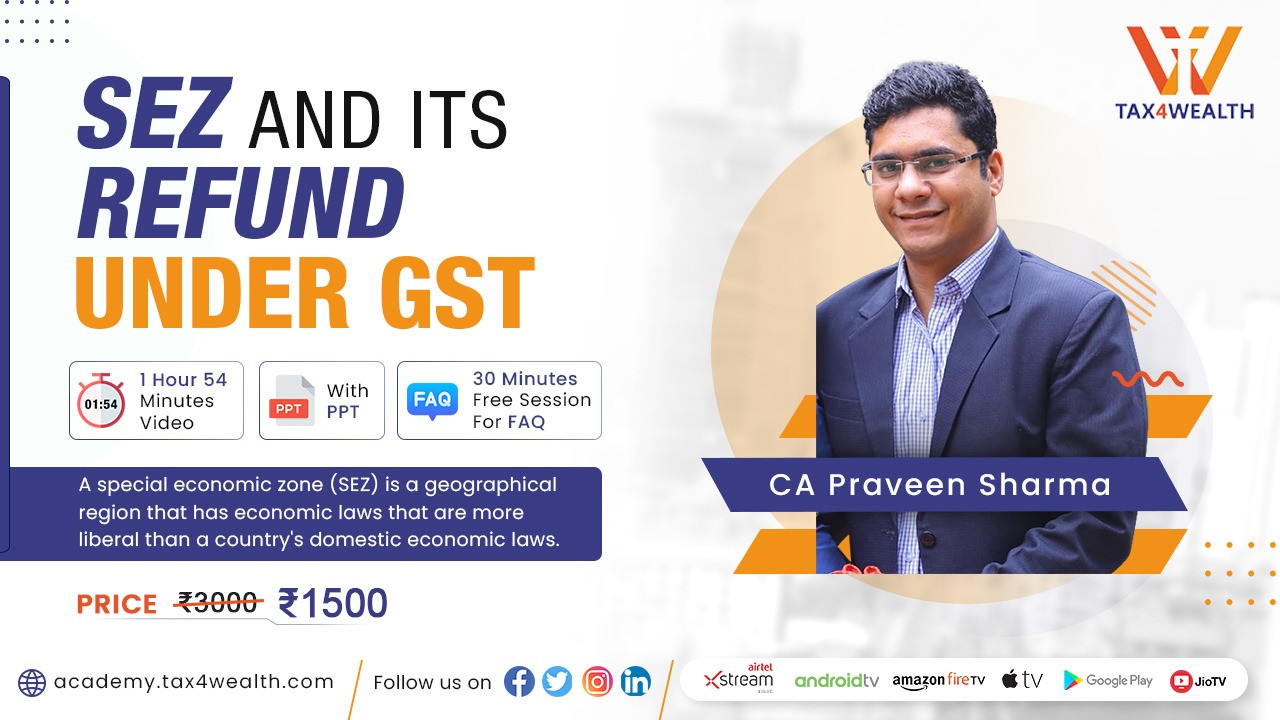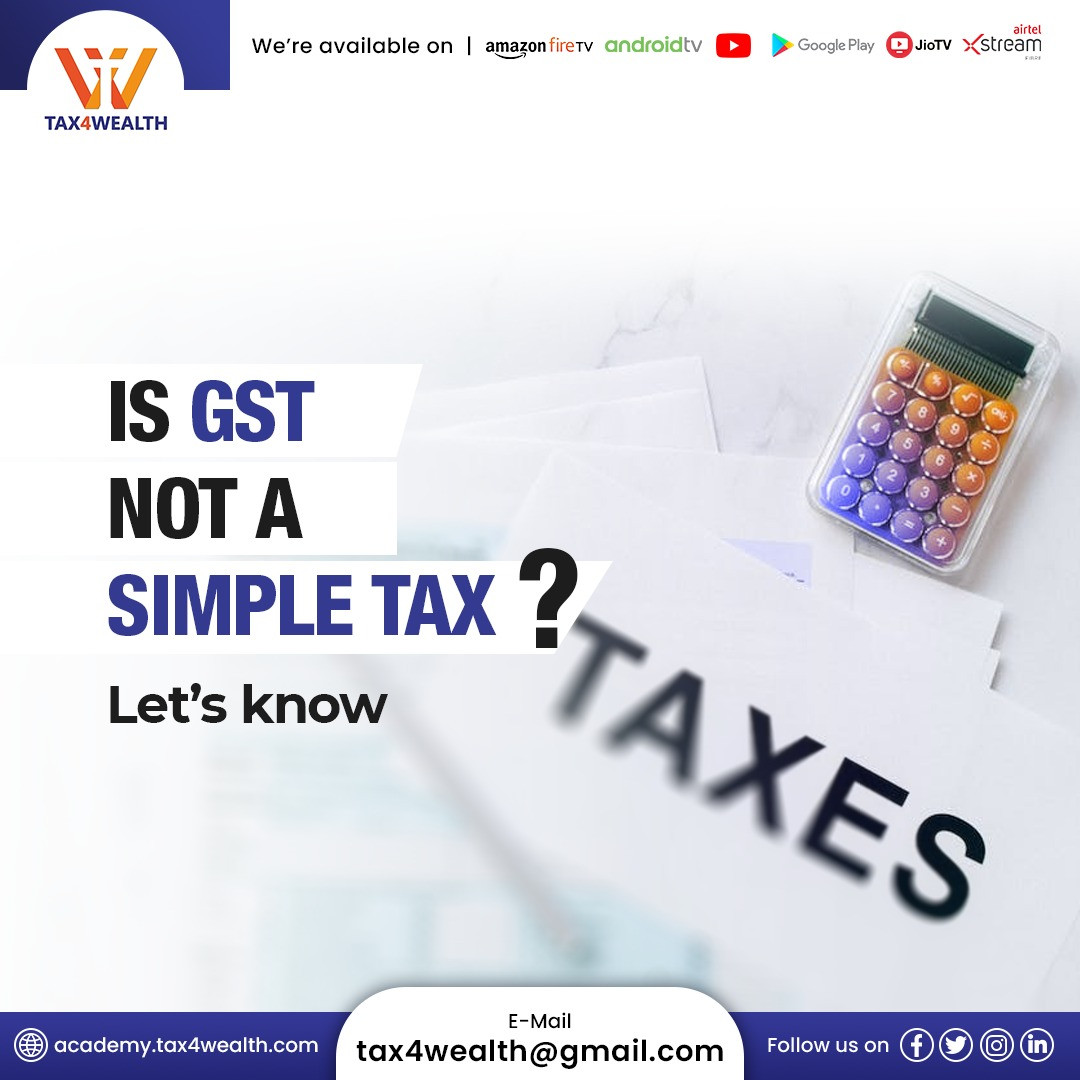
Is GST not A Simple Tax?- Let's Know
On July 1st, 2017, India's Goods and Services Tax (GST) went into effect. Since it was first suggested by the Kelkar Task Force on Implementation of the Fiscal Responsibility and Budget Management (FRBM) Act in July 2004, it had been in the works for at least 13 years: The Task Force's main recommendation is that the VAT (Value Added Tax) principle be applied broadly to tax consumption of virtually all products and services in the economy.
The "grand bargain" that the Task Force proposed within the Indian federal structure was that "both central and state government would exercise concurrent but independent jurisdiction over common or almost common tax bases extending over all goods and services, and in both cases, going up to the final consumer.
The GST Bill was passed by both houses of Parliament, gained the President's assent on September 8, 2016, and was then implemented as the Constitution (101st Amendment) Act, 2016. The grand deal, however, took well over a decade to iron out.
The adoption of GST or VAT, the current most popular form of indirect taxation worldwide, was somewhat delayed in India. 166 nations in 2016 had a VAT or GST in place.
It would be fair to argue that GST/VAT is the global norm for indirect taxation and an increasingly significant source of government revenue for a growing number of countries, with the US being the most famous exception.
Even though it is too soon to assess how well the GST has performed in comparison to the indirect taxes system it has replaced, there are a few areas where evaluations may be made.
Also, read: Composition Scheme Under GST
Since the introduction of GST in India, many people have questioned whether it is a simple tax. If we take a different angle at this issue, the true question is, "Is GST not a basic Tax?"
Because it was decided from the start that GST would be implemented in India in the same way, i.e., as a dual tax, where the state and the center would each collect tax on a transaction involving the same supplier, therefore the GST was established as a double tax.
We are unable to test GST's simplicity currently because of this. Even though GST is a double tax, this fact was known from the start, thus any issues a taxpayer may have had cannot be related to the ease or complexity of GST.
On top of this, the issue of collecting C forms on such sales was also solved by the GST, which made input credit accessible on purchases made from one state to another.
Before GST, there were numerous indirect taxes, but their number has now drastically decreased and practically all of them have been absorbed by GST. Refunds for exports began to arrive quite quickly. There did not seem to be much human involvement; everything looked to be handled by a machine.
Since each state used to create its unique indirect laws and systems in the past, it was extremely difficult for dealers to conduct business in more than one state. However, under the GST, virtually all laws and procedures are created at the federal level, making the entire country subject to a nearly identical taxation system.
Why is the topic of whether the GST is a simple tax still raised despite all these positive attributes and benefits?
GST was a transparent and simple tax system that was designed with great intelligence to be imposed across the nation. So why does it give the impression that GST is not only complicated but also simple?
Let us start by identifying the challenges, and the first things that come to mind are the unworkable constraints on input credit, the unworkable provision of reverse charge (RCM), and the excessive amount of notices now being issued under GST.
If the government resolves these issues, i.e., provides enough time for the taxpayer to resolve the input credit mismatch, recovers the tax that has not been deposited by the seller instead of withholding the buyer's input credit, stops the effect of section 16(4) of the GST in the initial years, and puts some restrictions on the number of notices issued under the GST for trivial reasons, then it is still possible that the GST will eventually turn into a simple tax. The departmental audit of GST should likewise be conducted by a rigid and controlled procedure with the barest amount of discretion.
Why does the dealer have to pay interest until the GST return is filed if tax has already been deposited by the dealer in the government coffers through the bank?
If we look at it from the perspective of revenue, the government is introducing e-invoicing on sales of more than 10 crores; nevertheless, when e-invoicing is present, there should be a small change; at the very least, the requirement of the e-way bill should be abolished. There should not be an E-way bill if there is E-invoicing.
In addition, the verification is carried out when the products are being transported, which lacks transparency and has the same issues as it did under the VAT regime. Keep in mind that the GST was only implemented to address the issues with the VAT and Central Excise.
The export refunds mentioned above in this article are easy to receive, but we cannot say the same for the rest of the refunds. Human intervention is the root of many GST issues, and it is possible to eliminate or lessen these issues as was promised when the GST was first implemented in our nation.
According to how the GST processes have been set up, human intervention is gradually growing in the same way as it did under the pre-GST indirect tax regime. If we consider the involvement of people in GSTR audits, GSTR surveys, GSTR refunds, GSTR notices, inspecting items while they are being transported, etc.
Compared to the prior tax structure, it is steadily rising and has many negative effects, such as taking up a lot of time for professionals and dealers.
Let us examine the procedures to determine what needs to be modified so that the tax system is simple, and the government does not lose money. It is now necessary to implement these adjustments as quickly as possible. One thing to keep in mind is that the government's clarifications and modifications should also be implemented as an additional measure to simplify the GST.
We have recently observed that the "Dal mills" explanation has only made their issues worse. The recently released RCM Notification's relevance to residential homes has not yet been determined.
The burden of solving the issues now falls on the lawmakers who created the tax and doing so is not difficult; all that is required is a pragmatic approach, which has been lacking from the beginning.
GST should have two main objectives:
One is to increase income, and the other is to improve the convenience of doing business in our nation. Given that GST revenue to the government is consistently rising, the GST's current objective should be to make doing business in India simple and convenient. For more updates, Visit Academy Tax4wealth's certified online accounting courses.
Related News
No comments yet, Be the first to comment.




